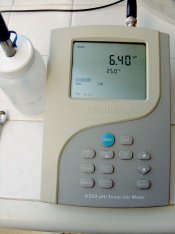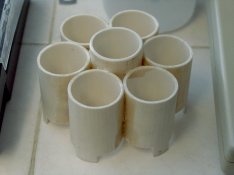Dave Krueger
Member
I mixed a new batch of XTOL a couple of days ago, storing it in five 1-litre bottles. And I thought of a way of making it last longer: Store the extra bottles in the refrigerator. Sulfite will precipitate out of solution, but when it's time to start a new bottle, warming and shaking it should bring the precipitate back into solution. Kirk Keys reminded me that chemical reactions proceed half as fast with each 10C temperature-drop, so refrigeration should make XTOL last around 1.5-2 years instead of 6 months. Is there any reason why this would not work?
Mark Overton
Hmmm.... I routinely store Xtol in full 1 liter bottles in a fridge. I take them out several days before I use them. I haven't noticed any obvious problems in my negatives from doing this, but I didn't know that the sulfite precipitates out. My bottles aren't clear, so I wouldn't be able to see it. I'm not really a chemist, but doesn't sulfite act as a preservative? If so, then the fact that it precipitates out doesn't sound like a good thing. Also, I'm guessing that the lower sulfite level might impact the apparent size of the grain.













